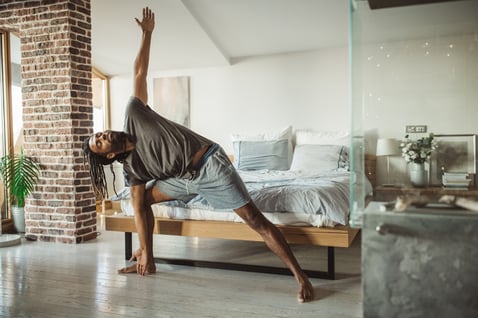 There are no definitive right answers on how we are supposed to individually succeed during a pandemic. We all cope, struggle, and win the day in our own ways. We can all feel a little lost and confused at times, and that’s completely normal as we cross bridges into territory we have never experienced in our lives.
There are no definitive right answers on how we are supposed to individually succeed during a pandemic. We all cope, struggle, and win the day in our own ways. We can all feel a little lost and confused at times, and that’s completely normal as we cross bridges into territory we have never experienced in our lives.
This idea makes you wonder, “am I doing this right” and “what should I be doing?” It’s not easy to answer because we are challenged in new ways daily. Sometimes it’s as simple as being motivated to wake up in the morning at your normal time, and other times it’s making sure that all your work is getting completed. Each person has their own daily cup, and filling this cup with what makes the most sense with both work and personal life fulfillment is what should be expected of all of us. This is a form of “putting yourself first.”
In this two-part blog, I cover several topics and ideas that will help you in making better, more healthful decisions.
Keep to a Routine and Manage Your Setup
During this extended home lockdown, we tend to find ourselves with a lot of time on our hands. Work-from-home is being done from makeshift offices, and sometimes we are cutting corners here and there. One area where we can focus our energy for the good is our daily routines. Your daily routine of getting up for the day, eating meals, and exercise should mimic your normal daily routines; however, having your living space and workspace together can be a challenge. Find ways to allow your house to multitask with you. Have a place where you do your work, but also places where you can escape to rest, recover, and breathe.
Lawrence Biscontini, a world-renowned award-winning fitness professional, uses the following acronym to describe how you can promote self-care at your residence.
- H—Your Hearth: This is where you find rest and recovery and refill your energy. Your bedroom sanctuary, free from all distraction and full of purposeful R and R.
- O—Your Outside: How you connect with others and communicate.
- M—Your Mission Control: Your home office and workstation, a place dedicated to getting your work completed. Your workspace is professional.
- E—Eat: Refueling the body with nutritious food, free of social and outside distraction.
Get Better Sleep
The next topic, which is well documented and researched, is sleep habits and how to get better, healthier rest. In past NIFS blog posts by Cara Hartman, Hannah Peters, and several others, we see that sleep is extremely important and seemingly simple to master. However, with all the distractions that can come from lockdown (not to mention our insatiable love for technology), we find it tougher and tougher to get exactly what we need every day. Check out Cara’s blog on sleep habits, explaining what gets you to that bedtime in no time.
Keep Your Cup Full
Focusing on yourself is important. Your daily cup needs to be full enough so that you can do your job, help others, and enjoy life. In part 2 of this blog, I continue and conclude this discussion. Remember, take it one day at a time, taking care of yourself as a priority. Finally, when it comes time to meet again, NIFS and NIFS staff will be ready (we hope you are too!). Take care, and muscleheads rejoice and evolve.
This blog was written by Thomas Livengood, NIFS Health Fitness Instructor and Personal Trainer. To learn more about the NIFS bloggers, click here.


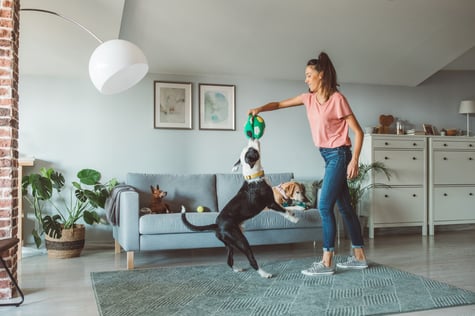 When you hear about fitness and wellness, one of the first things that comes to mind is getting a workout, usually at a gym, fitness center, or club. Some people can get exercise in other ways, such as outdoor activities and sports, while many others receive plenty of fitness at the workplace (think lumberjacks, steel workers, and factory workers). If none of these sounds like you or if you and you feel as though the fitness route is a tough road to travel, there is hope. There are things you do in your everyday life that give you an opportunity to burn calories.
When you hear about fitness and wellness, one of the first things that comes to mind is getting a workout, usually at a gym, fitness center, or club. Some people can get exercise in other ways, such as outdoor activities and sports, while many others receive plenty of fitness at the workplace (think lumberjacks, steel workers, and factory workers). If none of these sounds like you or if you and you feel as though the fitness route is a tough road to travel, there is hope. There are things you do in your everyday life that give you an opportunity to burn calories.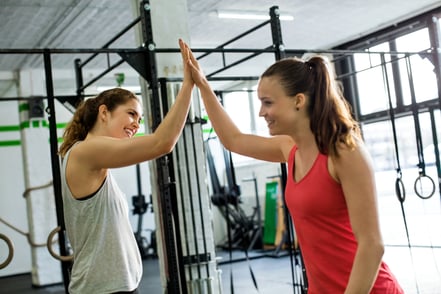 As fitness professionals, we promote good habits to our clients and encourage people to make positive changes in their lives. Sometimes we help others find the spark to exercise or offer the accountability to make those hard-earned results stick. Overall, “helping individuals achieve success in goals and happiness in life” sums up what it means to be a trainer.
As fitness professionals, we promote good habits to our clients and encourage people to make positive changes in their lives. Sometimes we help others find the spark to exercise or offer the accountability to make those hard-earned results stick. Overall, “helping individuals achieve success in goals and happiness in life” sums up what it means to be a trainer.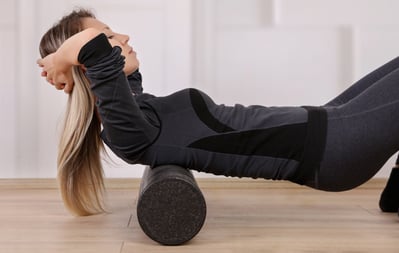 A common nuisance to almost all fitness enthusiasts is the overall lethargic feeling you get from being extremely sore due to a challenging workout. Sometimes this is a deterrent to those looking to develop a consistent workout pattern, and can be especially bothersome if you haven't experienced this phenomenon before.
A common nuisance to almost all fitness enthusiasts is the overall lethargic feeling you get from being extremely sore due to a challenging workout. Sometimes this is a deterrent to those looking to develop a consistent workout pattern, and can be especially bothersome if you haven't experienced this phenomenon before. Holidays are times when you can relax and reflect, spend time with friends and family, and indulge in copious amounts of turkey, ham, mashed potatoes, and pie. Well, maybe don’t eat so much pie. But we do have plenty of reasons to not only be grateful, and to be inspired for the future.
Holidays are times when you can relax and reflect, spend time with friends and family, and indulge in copious amounts of turkey, ham, mashed potatoes, and pie. Well, maybe don’t eat so much pie. But we do have plenty of reasons to not only be grateful, and to be inspired for the future.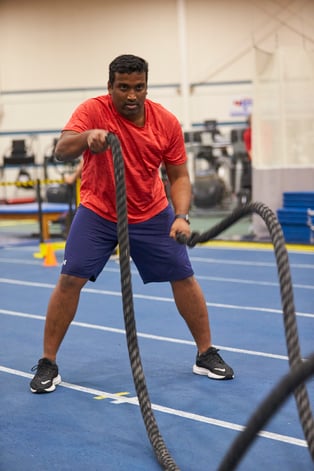 When you begin your fitness quest and are getting started on a new program, finding exercises that are appropriate for you is key to your success. Your fitness staff at NIFS has your back! Training methods and training tools developed from years of research and practice have shown that sometimes a simple exercise done well can be quite effective.
When you begin your fitness quest and are getting started on a new program, finding exercises that are appropriate for you is key to your success. Your fitness staff at NIFS has your back! Training methods and training tools developed from years of research and practice have shown that sometimes a simple exercise done well can be quite effective.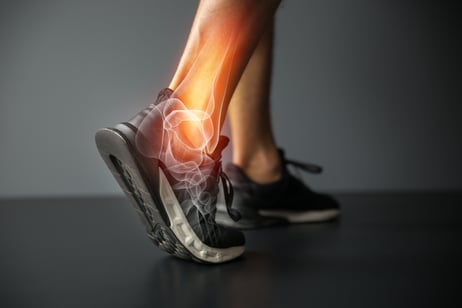 Whether you are a seasoned workout veteran or the new face in the gym, there’s no denying that lower-leg pain can be a huge deterrent for exercise (and day-to-day life, for that matter). Some pains are dictated by the range of motion in the ankle. Due to several factors including previous injuries and wear and tear, physiological problems from the various shoes people wear, and the types of exercises people punish their bodies with, we see individuals every day who have a hard time performing some of the more basic exercises such as squats and deadlifting.
Whether you are a seasoned workout veteran or the new face in the gym, there’s no denying that lower-leg pain can be a huge deterrent for exercise (and day-to-day life, for that matter). Some pains are dictated by the range of motion in the ankle. Due to several factors including previous injuries and wear and tear, physiological problems from the various shoes people wear, and the types of exercises people punish their bodies with, we see individuals every day who have a hard time performing some of the more basic exercises such as squats and deadlifting.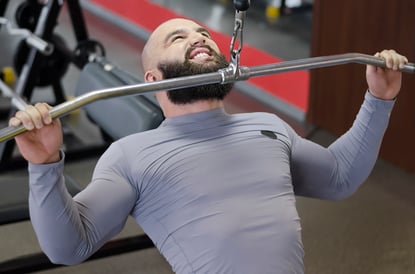 Have you ever tried working out in a time crunch or just wanted to get more exercise in a shorter period of time? Maybe you would like to speed through, but would rather have a plan of action to make your path a little easier. You are in luck because there is a fitness concept that does all of this while making sure you get a great workout. The idea is called supersetting, but it’s not as simple as you might think. To develop a great superset workout, you need to understand how a few concepts really work.
Have you ever tried working out in a time crunch or just wanted to get more exercise in a shorter period of time? Maybe you would like to speed through, but would rather have a plan of action to make your path a little easier. You are in luck because there is a fitness concept that does all of this while making sure you get a great workout. The idea is called supersetting, but it’s not as simple as you might think. To develop a great superset workout, you need to understand how a few concepts really work.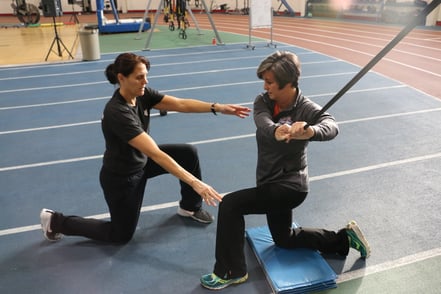 Coaching cues can really make a big difference in the outcome of your workouts. Sometimes it means the difference in whether you get injured during an exercise. Or are you even working the muscles you originally intended to use? Without cues, it would be foolish to have a client jeopardize their health because they saw someone else do a movement incorrectly or think they read it in a magazine or online. This is not to say that there are not many ways one can do to their exercises, or modifications to spice up their workout plan, but you need to make sure you aren’t compromising yourself and goals in the process.
Coaching cues can really make a big difference in the outcome of your workouts. Sometimes it means the difference in whether you get injured during an exercise. Or are you even working the muscles you originally intended to use? Without cues, it would be foolish to have a client jeopardize their health because they saw someone else do a movement incorrectly or think they read it in a magazine or online. This is not to say that there are not many ways one can do to their exercises, or modifications to spice up their workout plan, but you need to make sure you aren’t compromising yourself and goals in the process.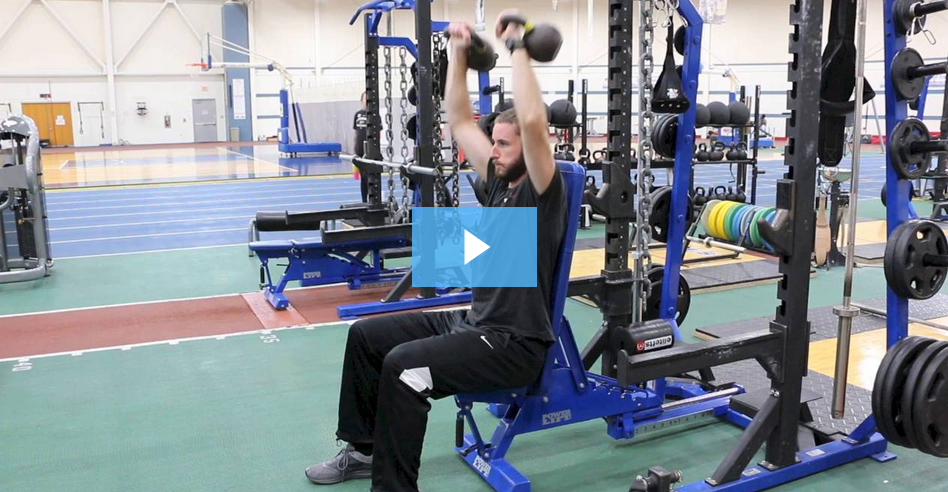
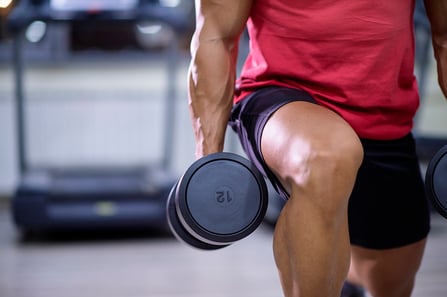 For some people, leg day at the gym is the greatest single day of the week. For others, however, there couldn’t be a more grueling and loathsome experience. We all know that leg workouts are essential to our total-body fitness plans and that there are consequences to not doing leg day, like becoming internet memes.
For some people, leg day at the gym is the greatest single day of the week. For others, however, there couldn’t be a more grueling and loathsome experience. We all know that leg workouts are essential to our total-body fitness plans and that there are consequences to not doing leg day, like becoming internet memes.